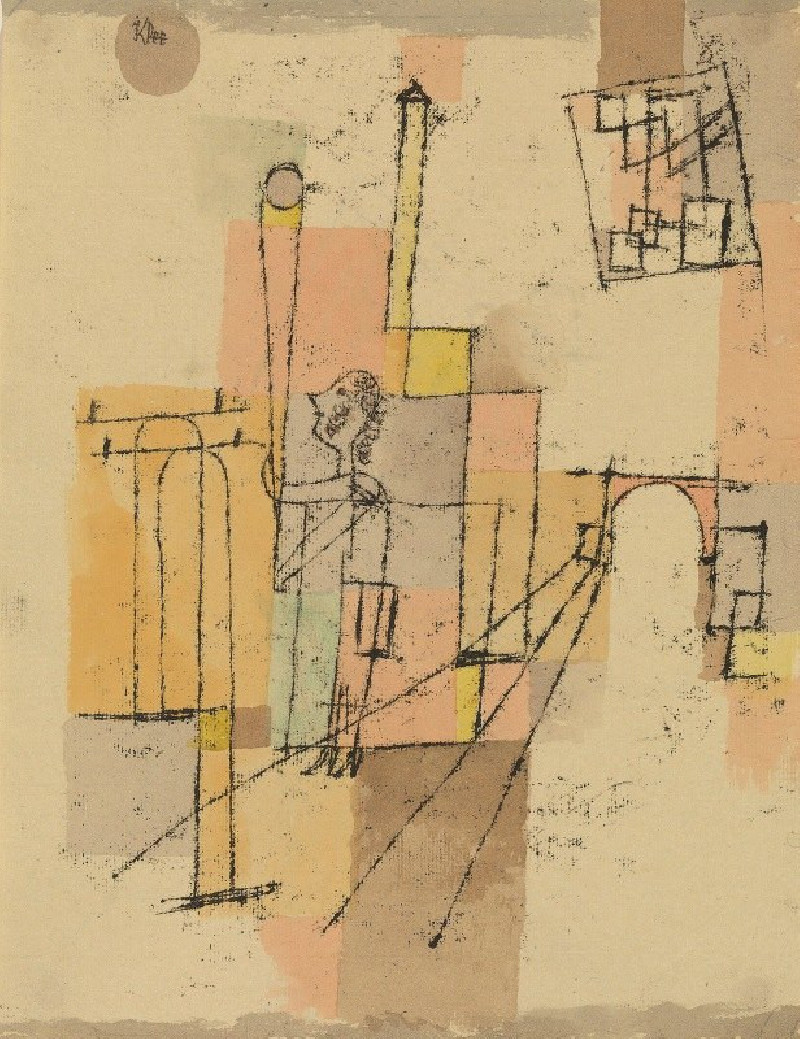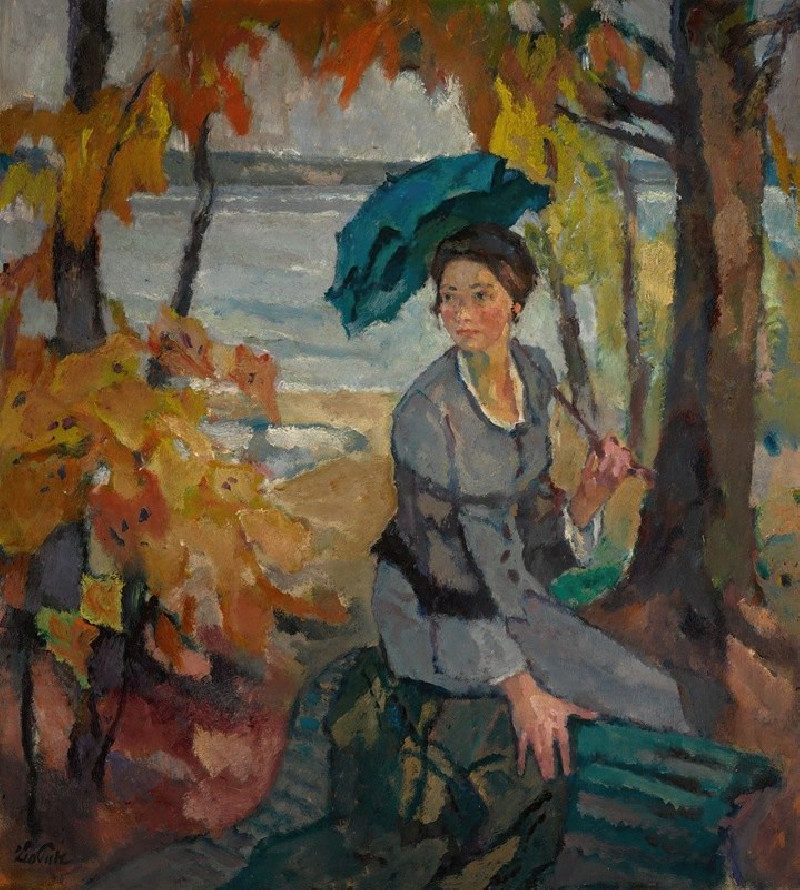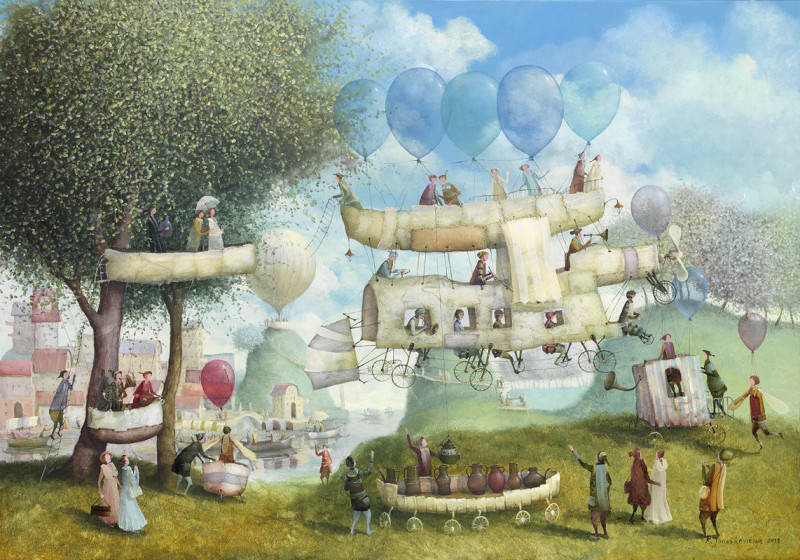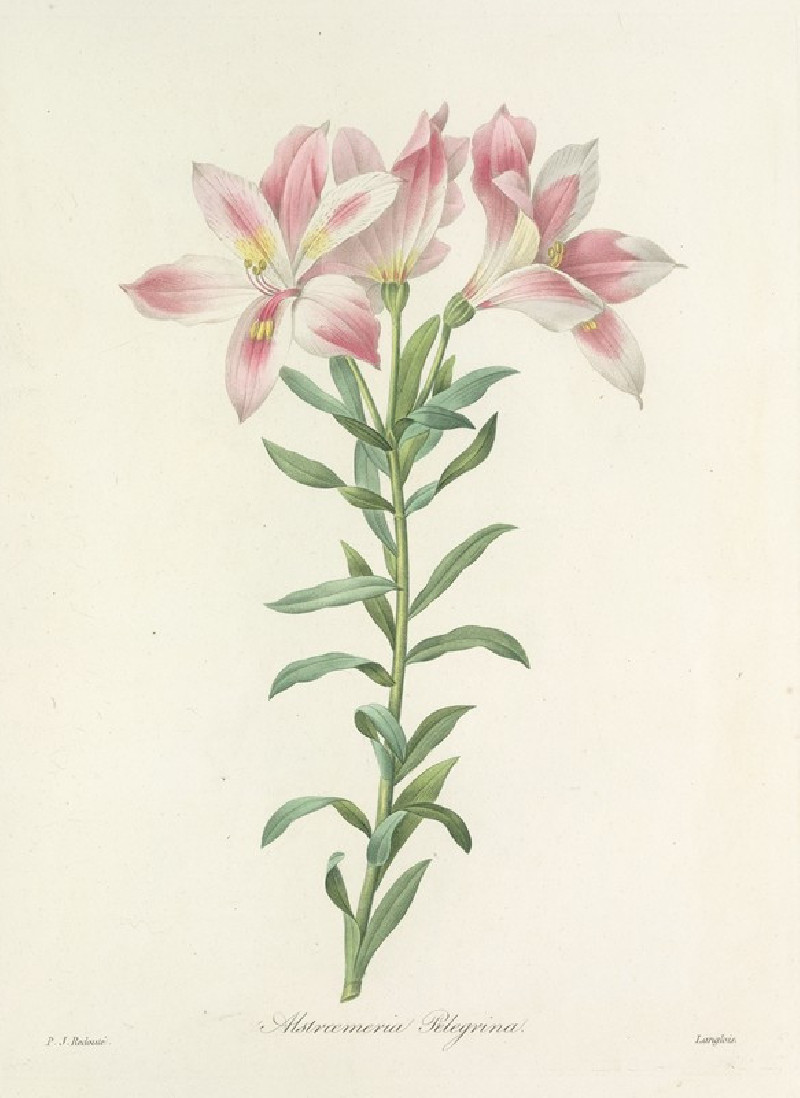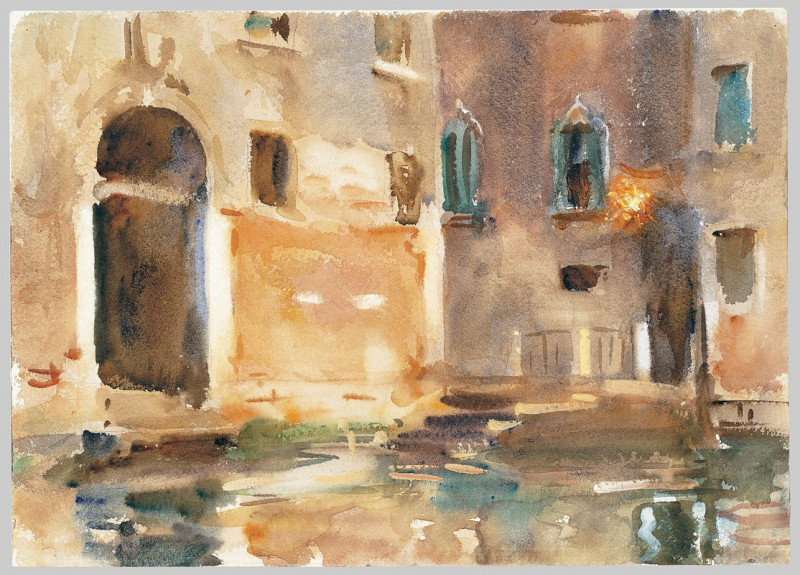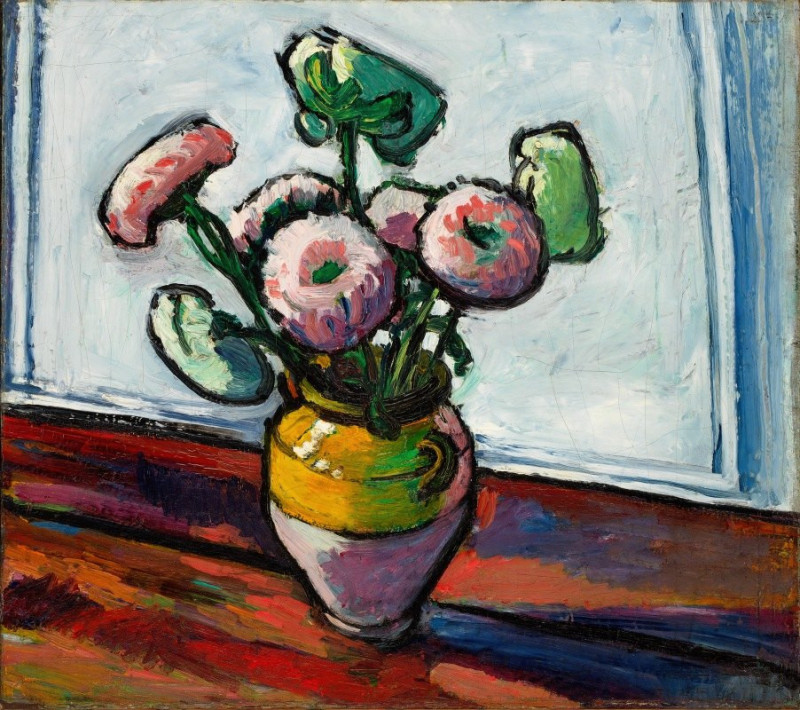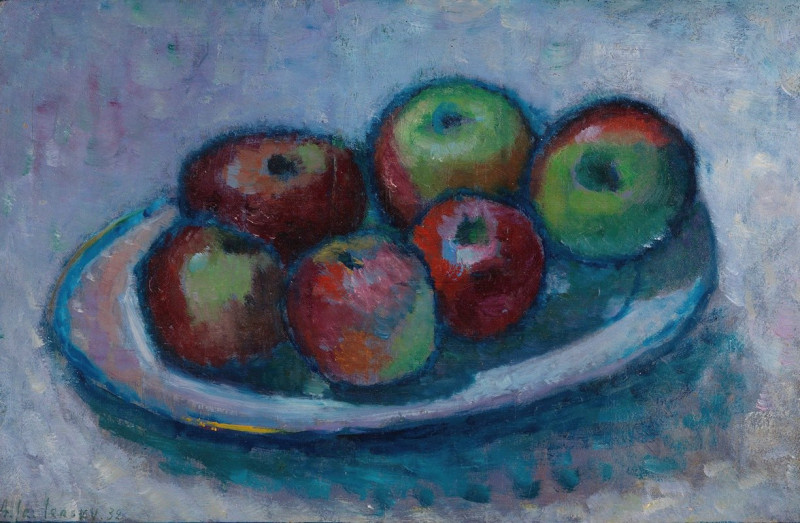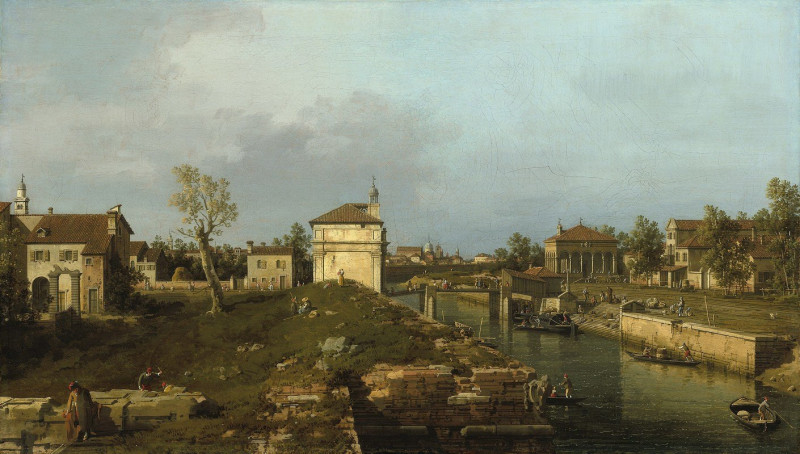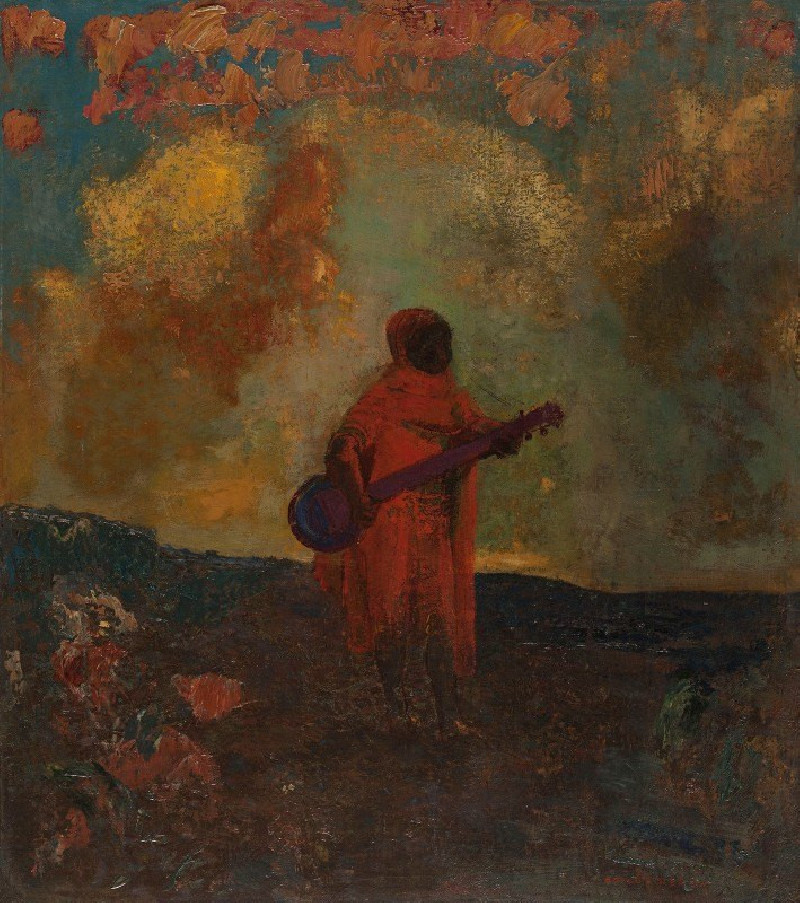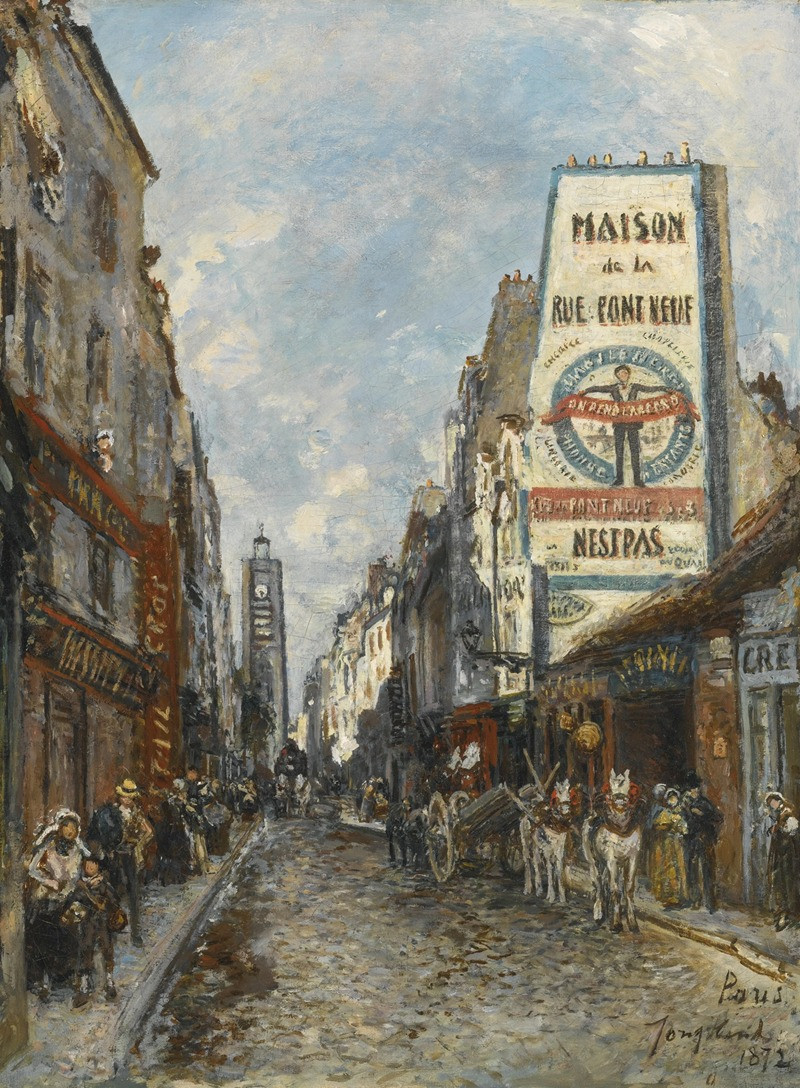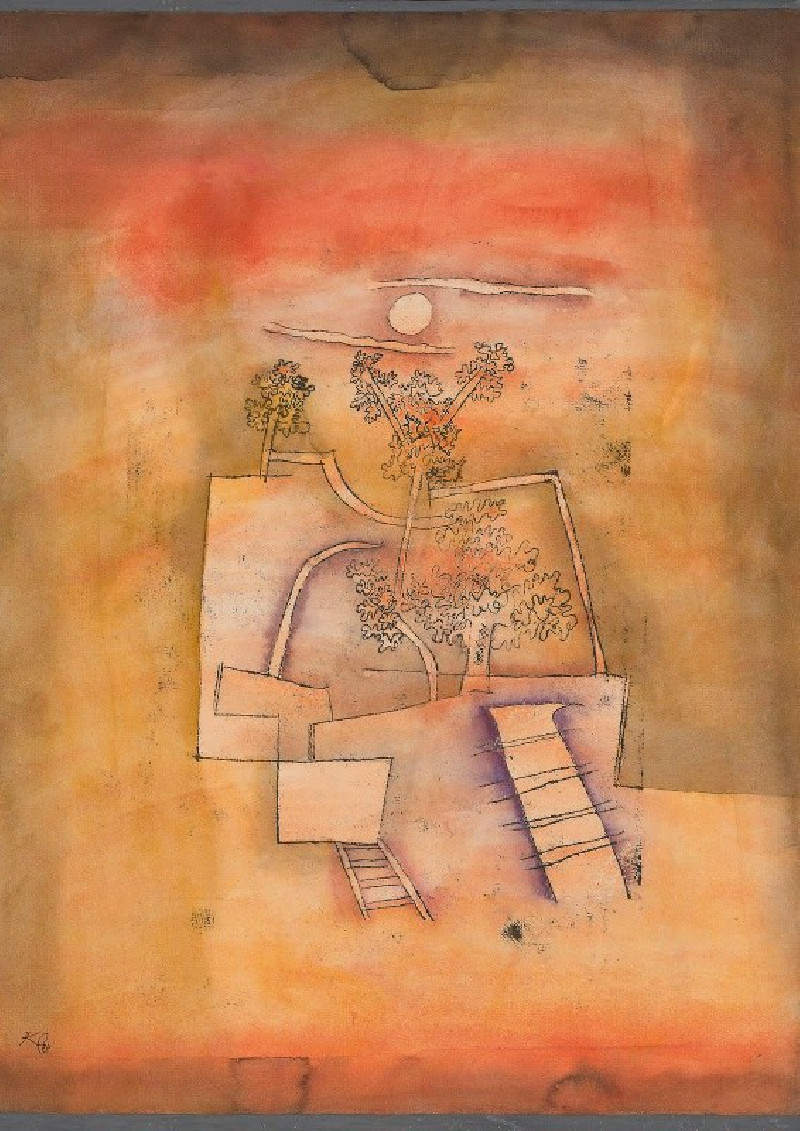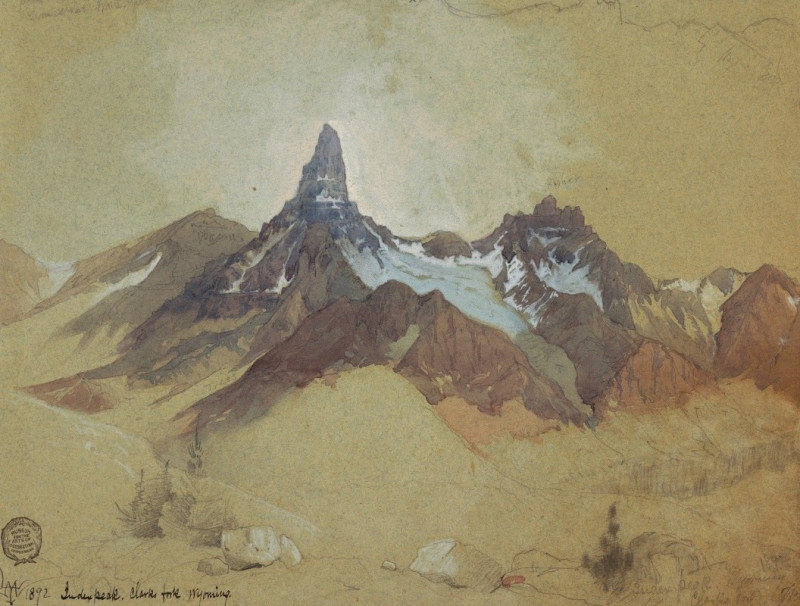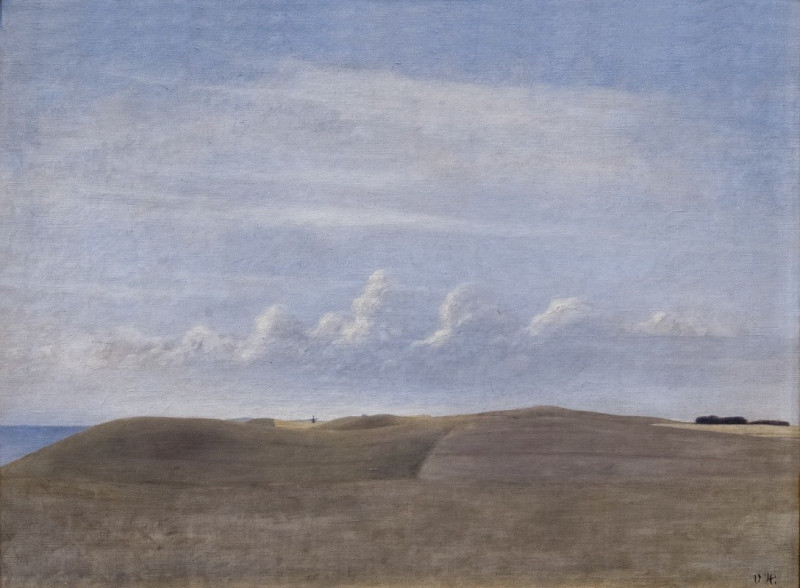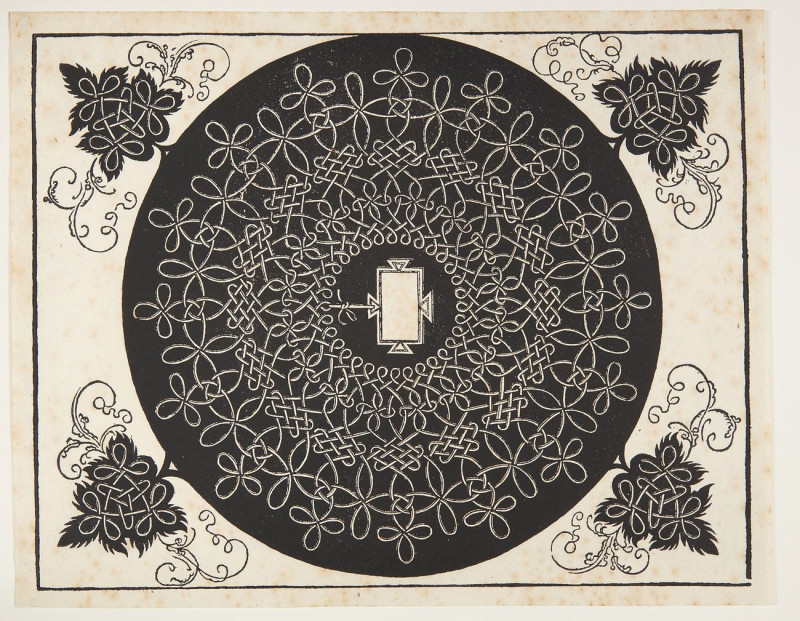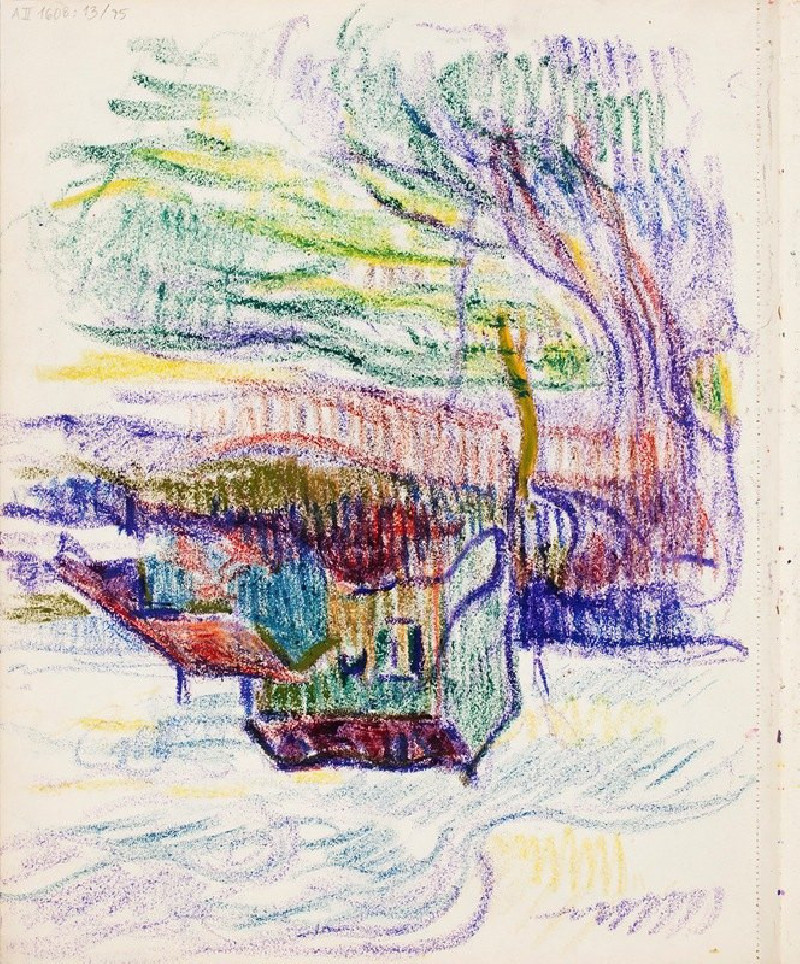Before the Festivity (1920)
Technique: Giclée quality print
Recommended by our customers
More about this artwork
Unveiling the intricate layers of meaning and emotional depth, "Before the Festivity" by Paul Klee presents a scene charged with anticipation and abstract forms. Created in 1920, this piece serves as an invitation to dive into the conceptual and visual complexity that characterizes Klee's work.In this painting, Klee employs muted yet evocative colors in a composition that is both geometric and whimsical. The central figure appears to be caught in a moment of contemplation or waiting, depicted in a simplified form that aligns with Klee's signature style of reducing figures to their elemental shapes. Surrounding the figure are various abstract structures and lines, suggesting an environment that is both architectural and symbolic.The arrangement of colors and shapes around the figure may represent the stages of organizing or preparing for a festivity. The beige, yellow, and pastel hues impart a subdued yet festive atmosphere, evocative of the calm before the expected celebrations. Klee's use of grid-like and fragmented elements in the background could be interpreted as the conceptual and physical construction spaces often encountered in preparations for significant events.Paul Klee's "Before the Festivity" is a captivating exploration of pre-event anticipation, transforming ordinary preparatory moments into a fascinating visual exploration of emotion and abstraction. This painting not only showcases Klee’s mastery in color and form but also invites interpreters to explore the deeper emotional currents and narratives embedded in mundane moments.
Delivery
Returns
Paul Klee was a Swiss-born German artist. His highly individual style was influenced by movements in art that included expressionism, cubism, and surrealism. Klee was a natural draftsman who experimented with and eventually deeply explored color theory, writing about it extensively; his lectures Writings on Form and Design Theory (Schriften zur Form und Gestaltungslehre), published in English as the Paul Klee Notebooks, are held to be as important for modern art as Leonardo da Vinci's A Treatise on Painting for the Renaissance.

